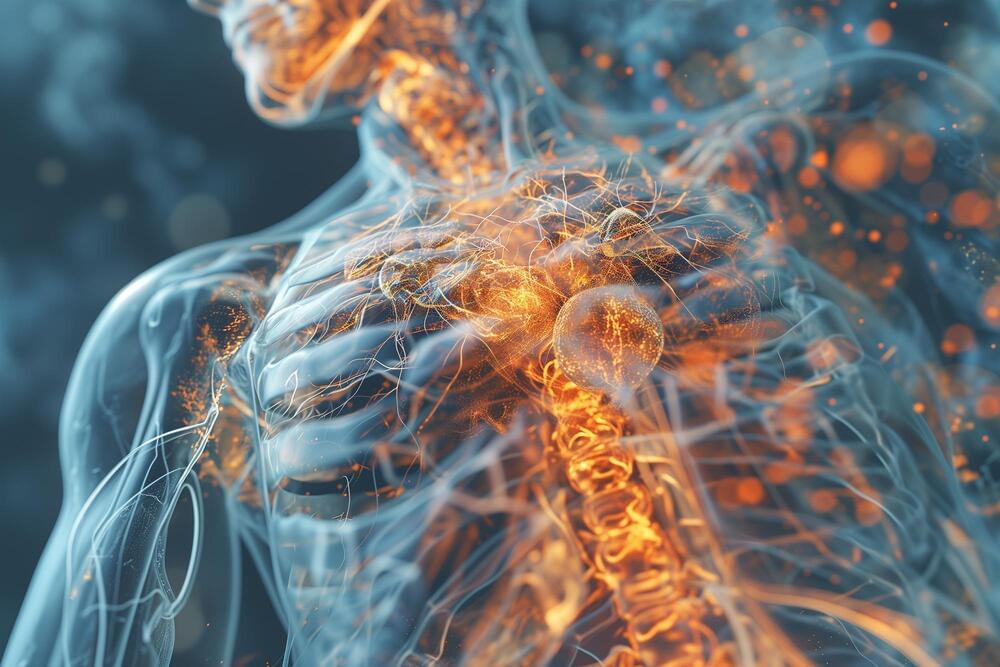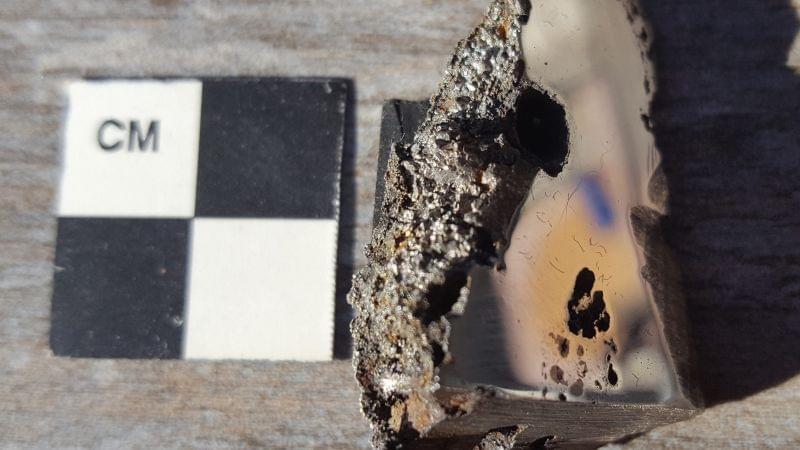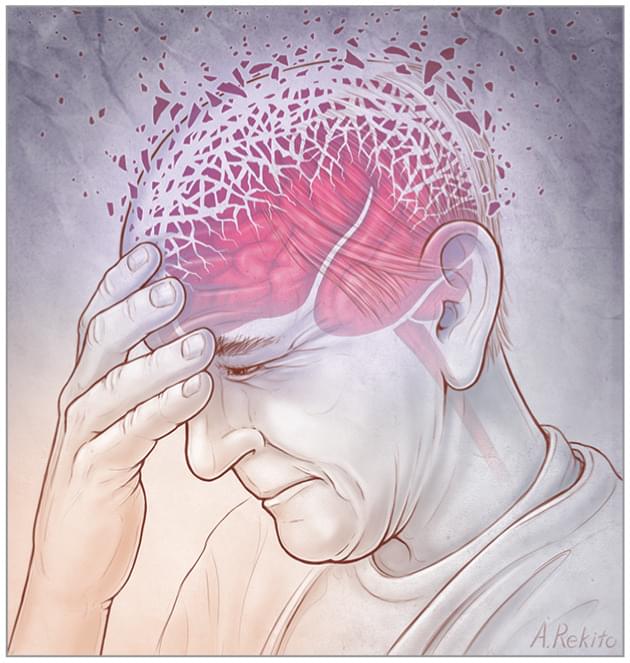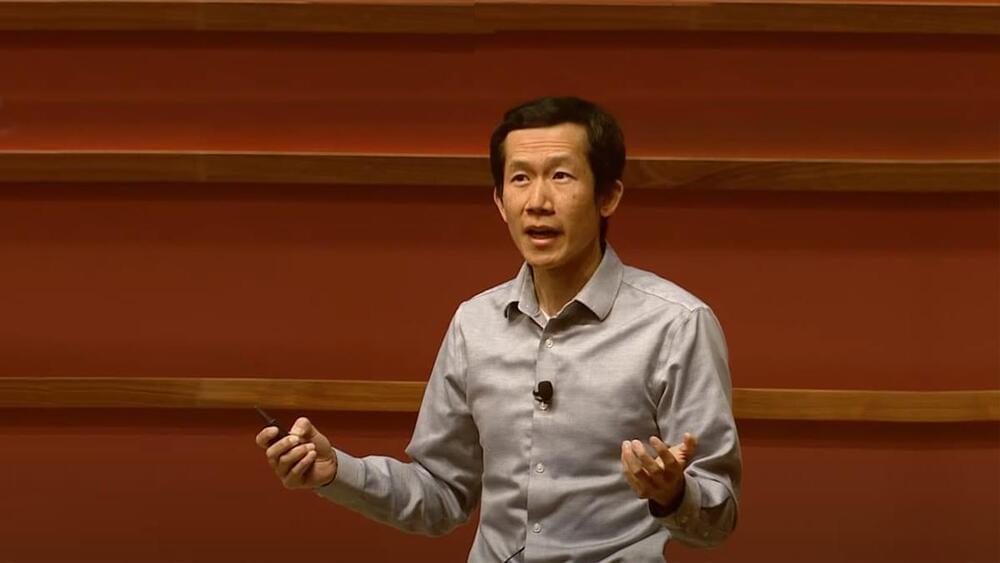O.o!!!
NEW DELHI: The “Devil Comet,” officially known as 12P, is currently making its way towards Earth and is anticipated to undergo a significant eruption soon. This comet, which is nearly three times the size of Mount Everest, is classified as a cryovolcano, which means it erupts due to the build-up and ignition of gas and ice, much like a frozen soda can exploding. The comet is notably large, with a diameter of 18.6 miles, comparable to the size of a small city.
According to Astronomy.com, it’s a short-period comet, completing an orbit around the Sun approximately every 71.2 years, a pattern similar to the well-known Halley’s Comets like this, with an orbital period of less than 200 years, are categorized as short-period comets.
Comet 12P/Pons-Brooks is not a recent discovery in our solar system. Its existence has been acknowledged since 1,812, when it was first observed by the comet hunter Jean-Louis Pons, who noted it at a 4th magnitude brightness. However, the initial observations were not detailed enough to accurately forecast its future appearances. Consequently, it was “rediscovered” in 1,883 by William Brooks. Contemporary astronomers, analyzing historical records, suggest that this comet might have been documented in earlier passes, possibly as far back as 1,385, the Astronomy.com report said.







